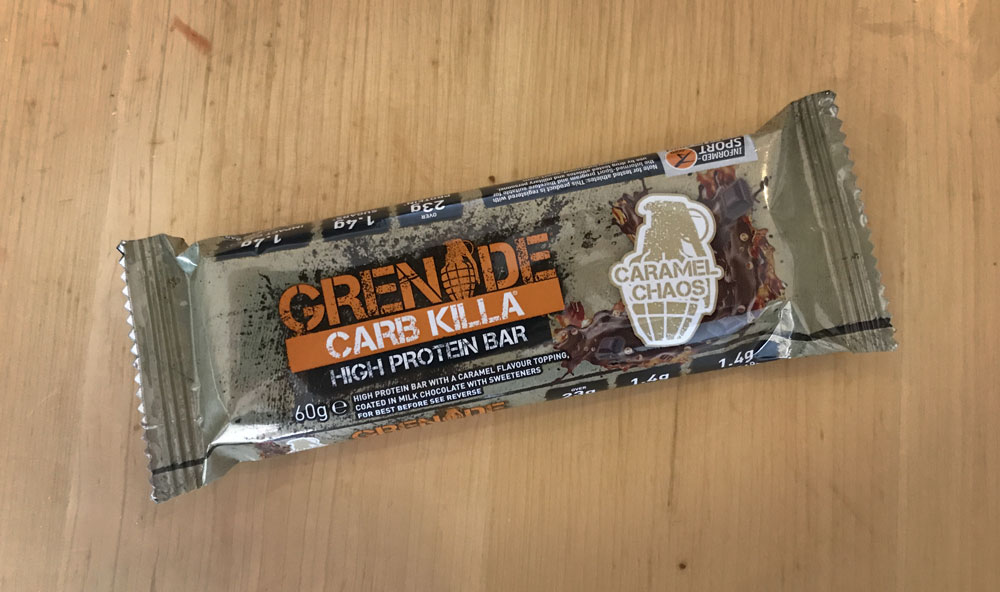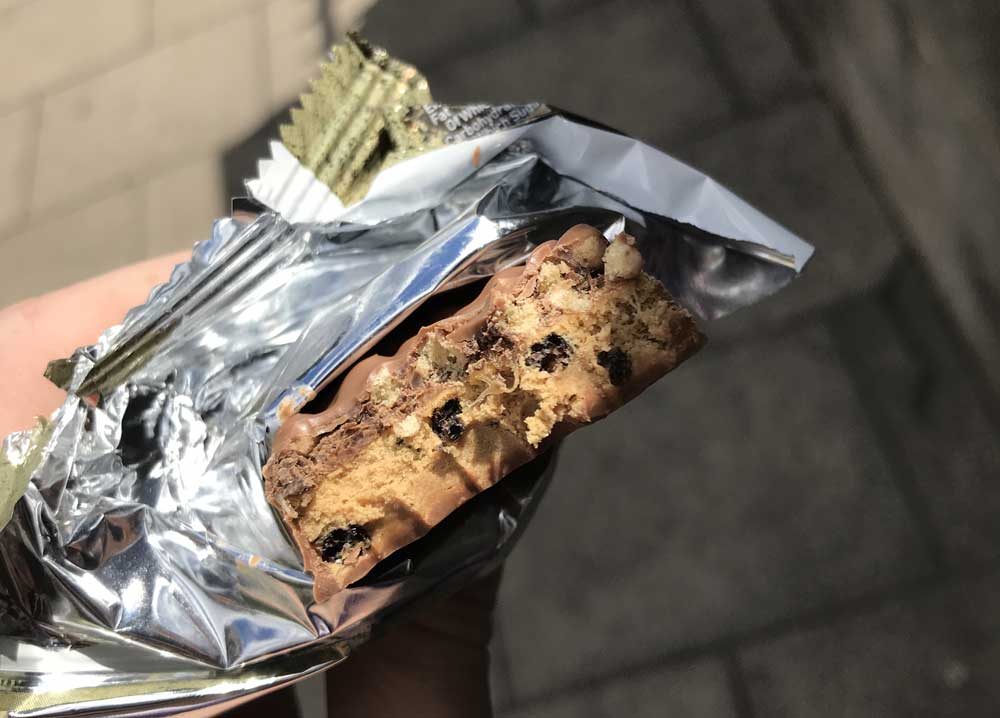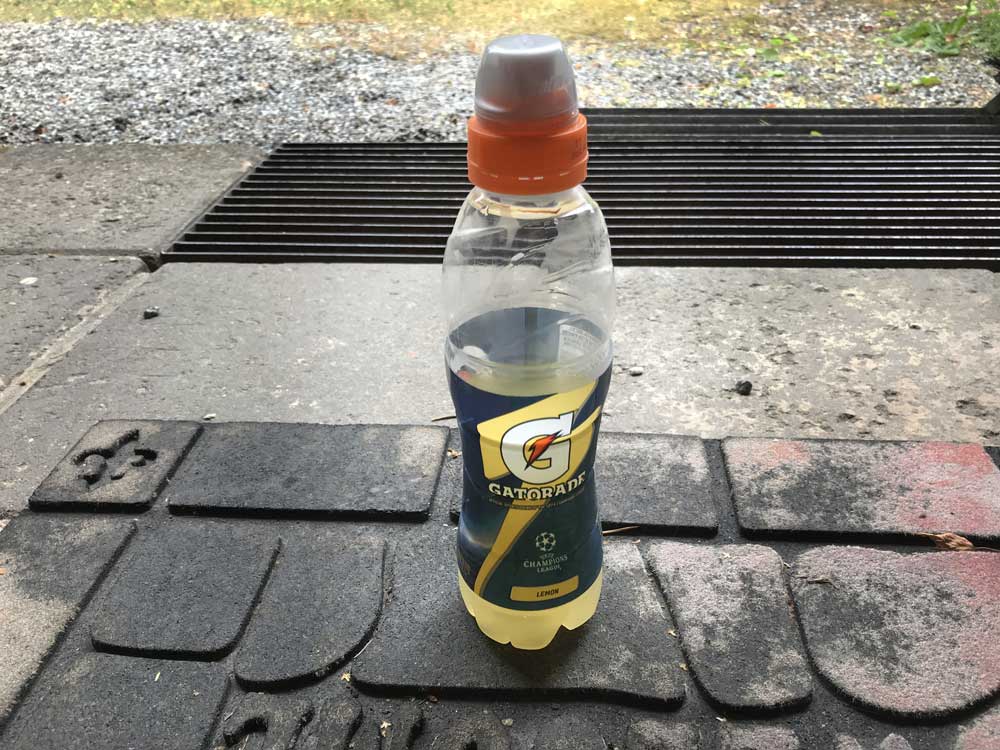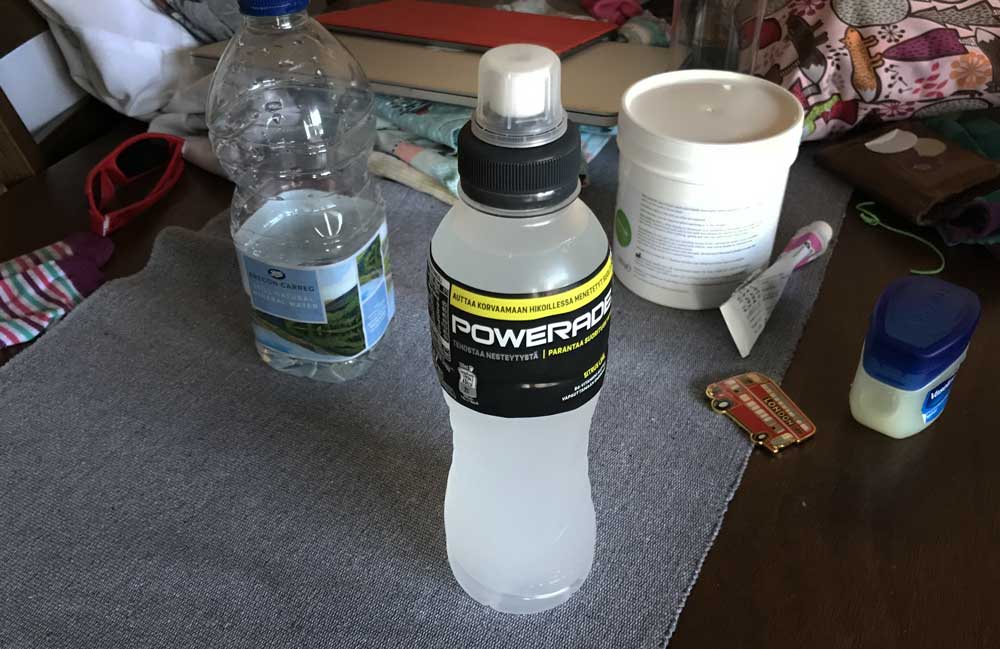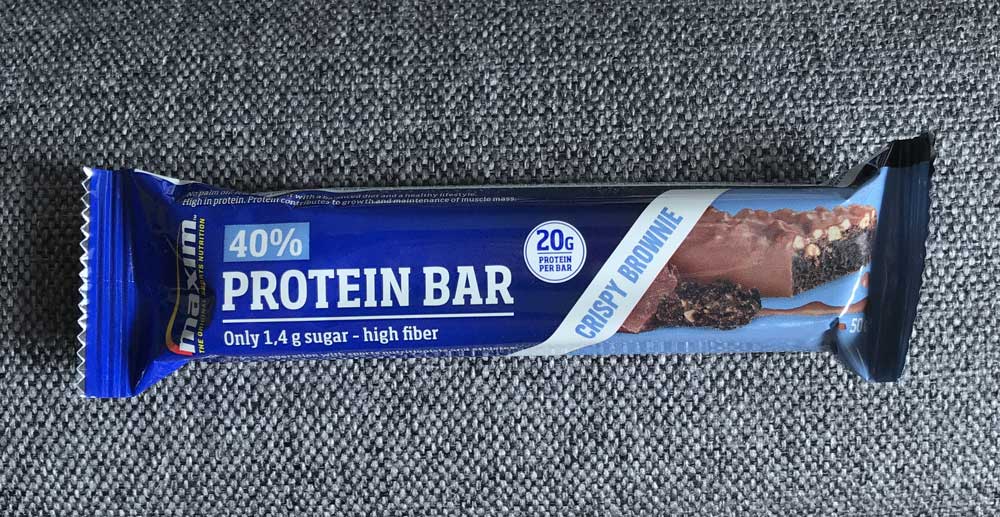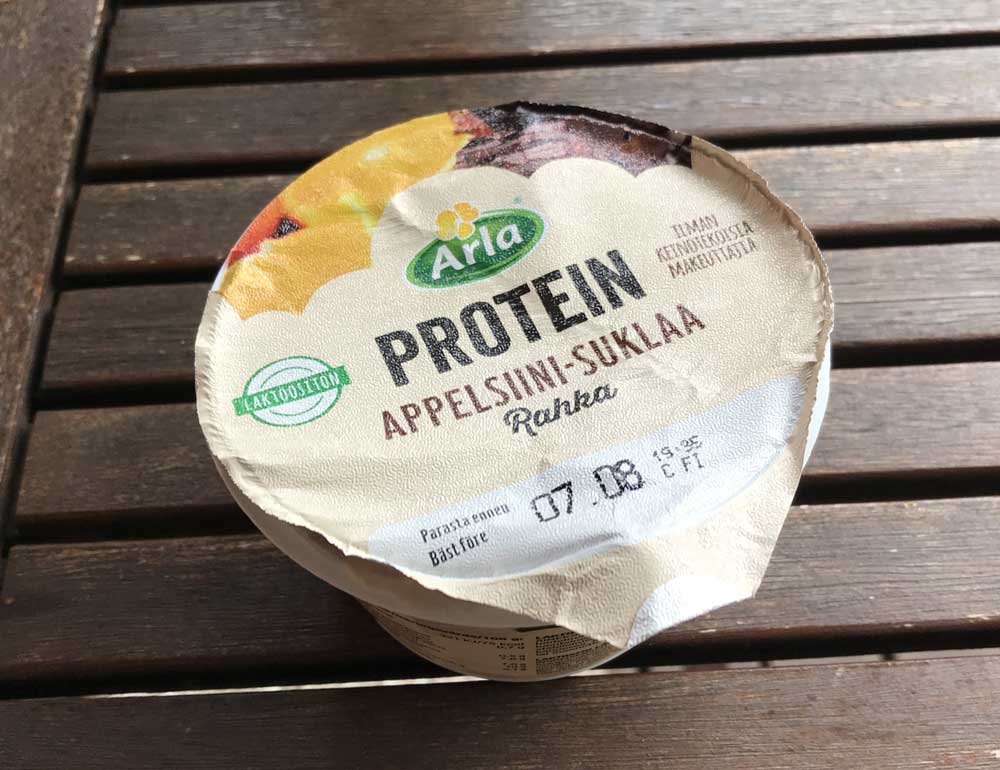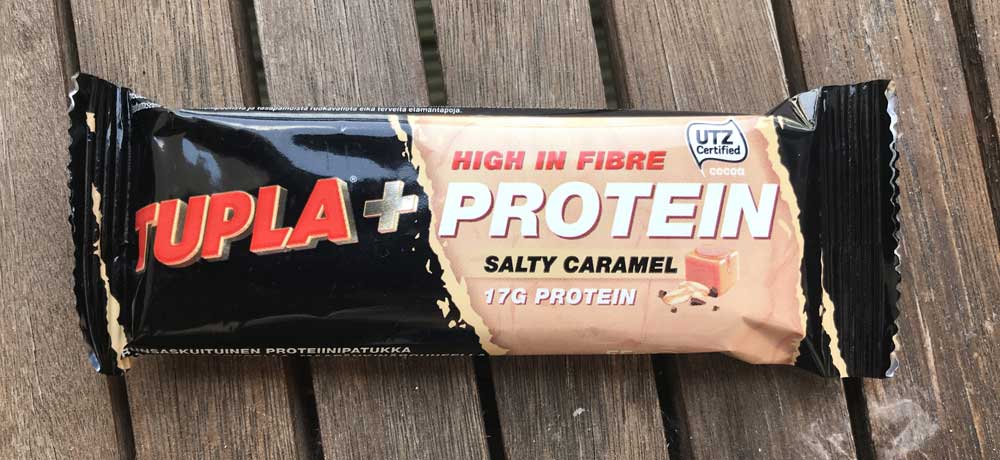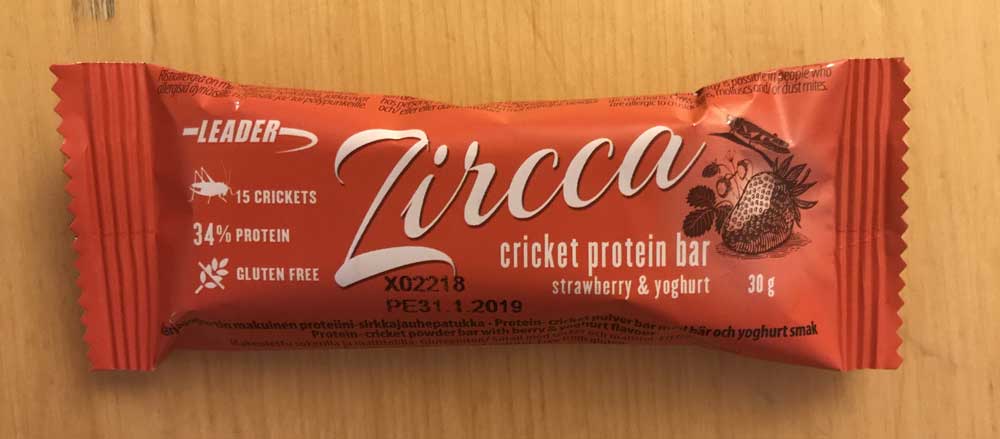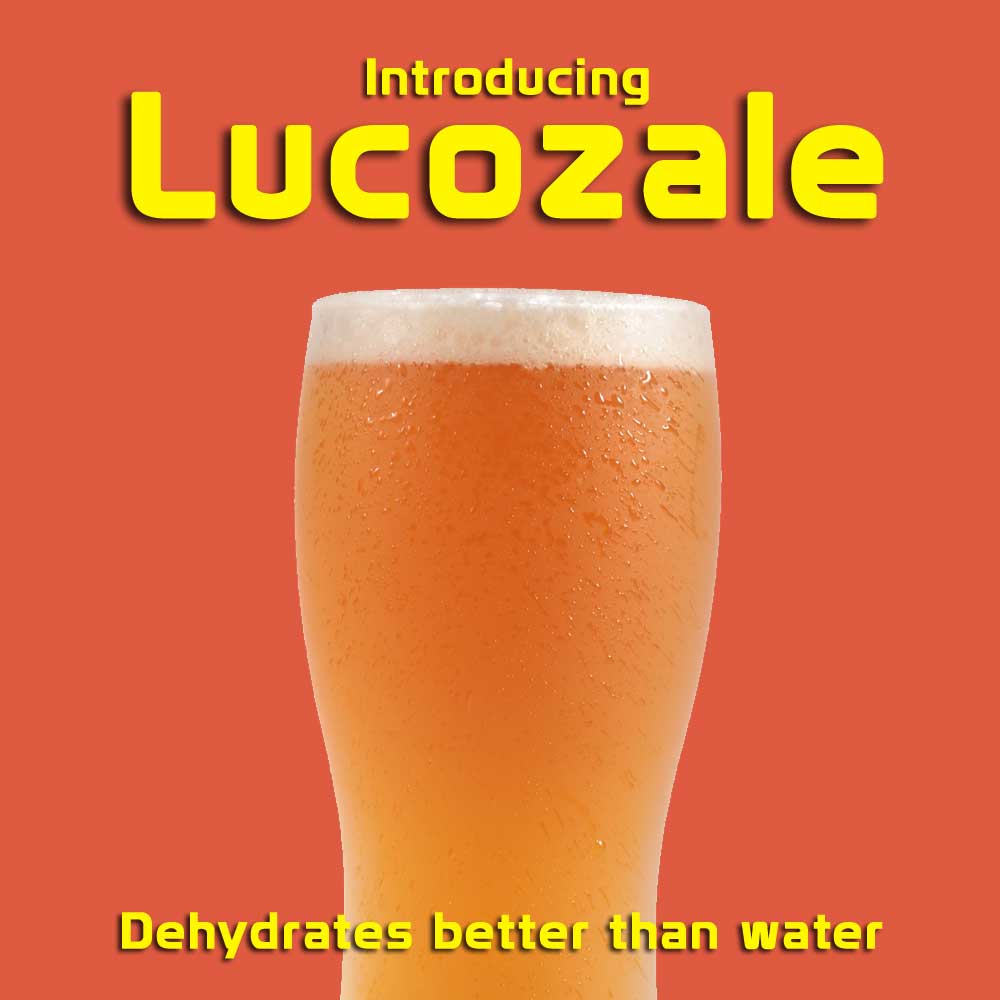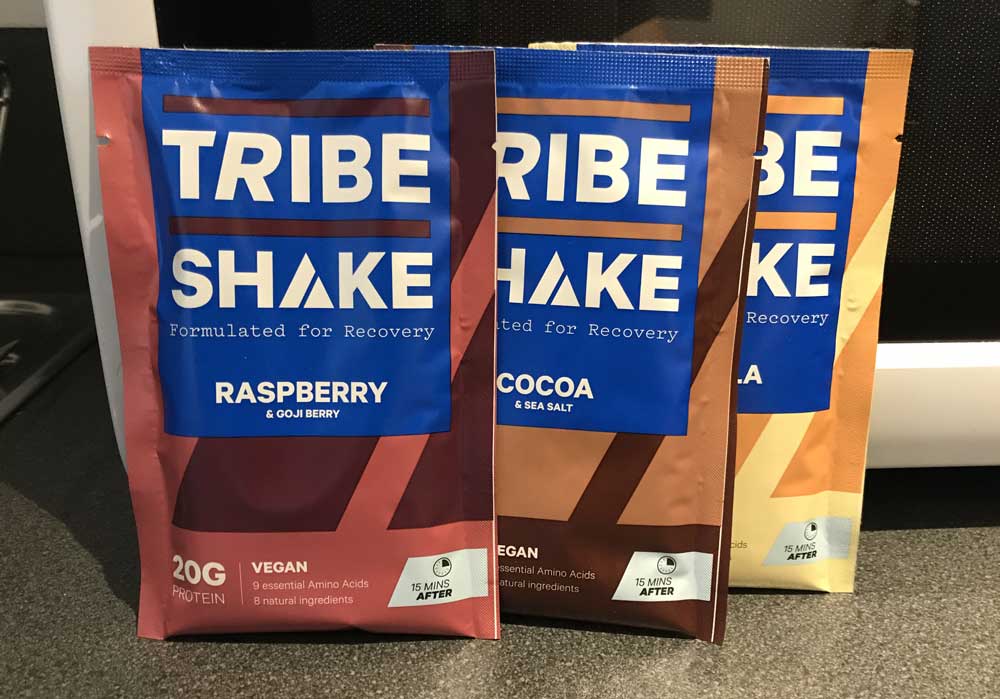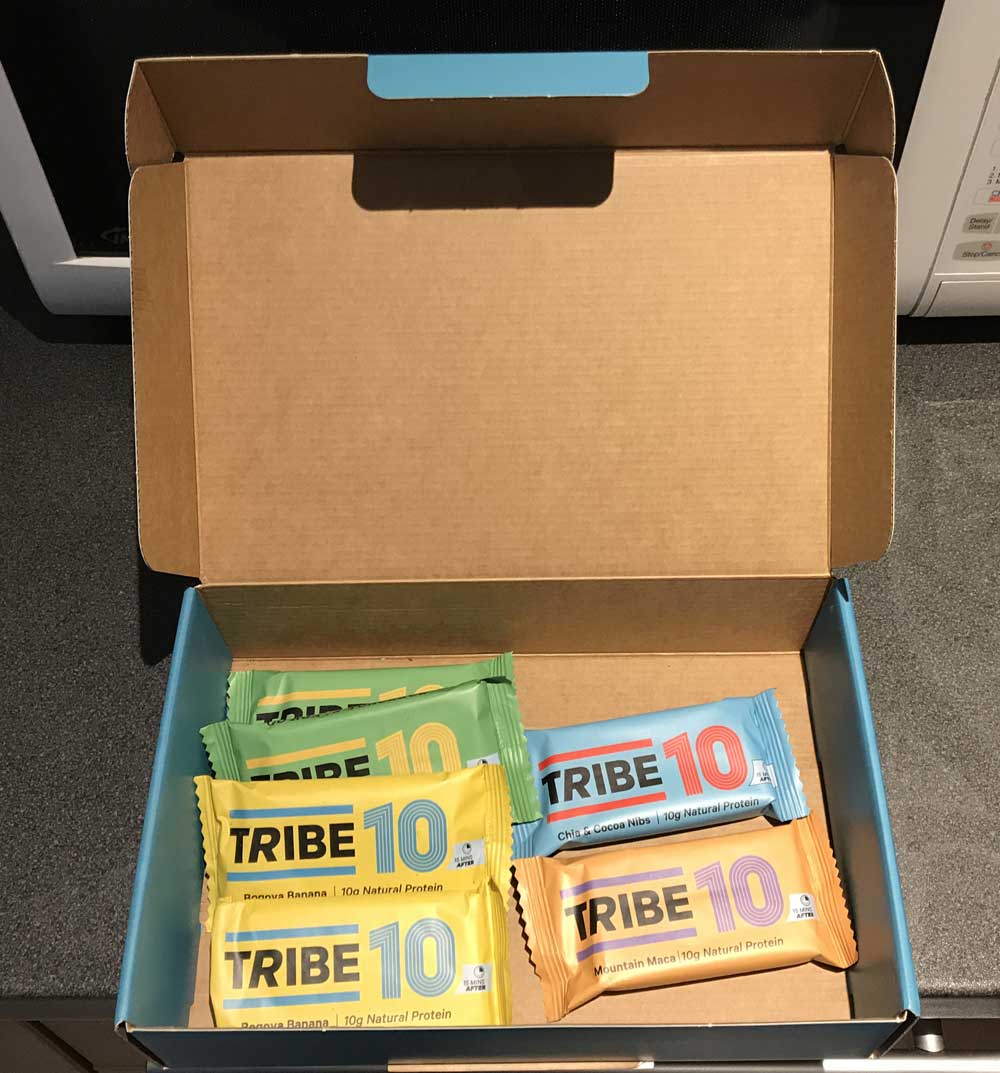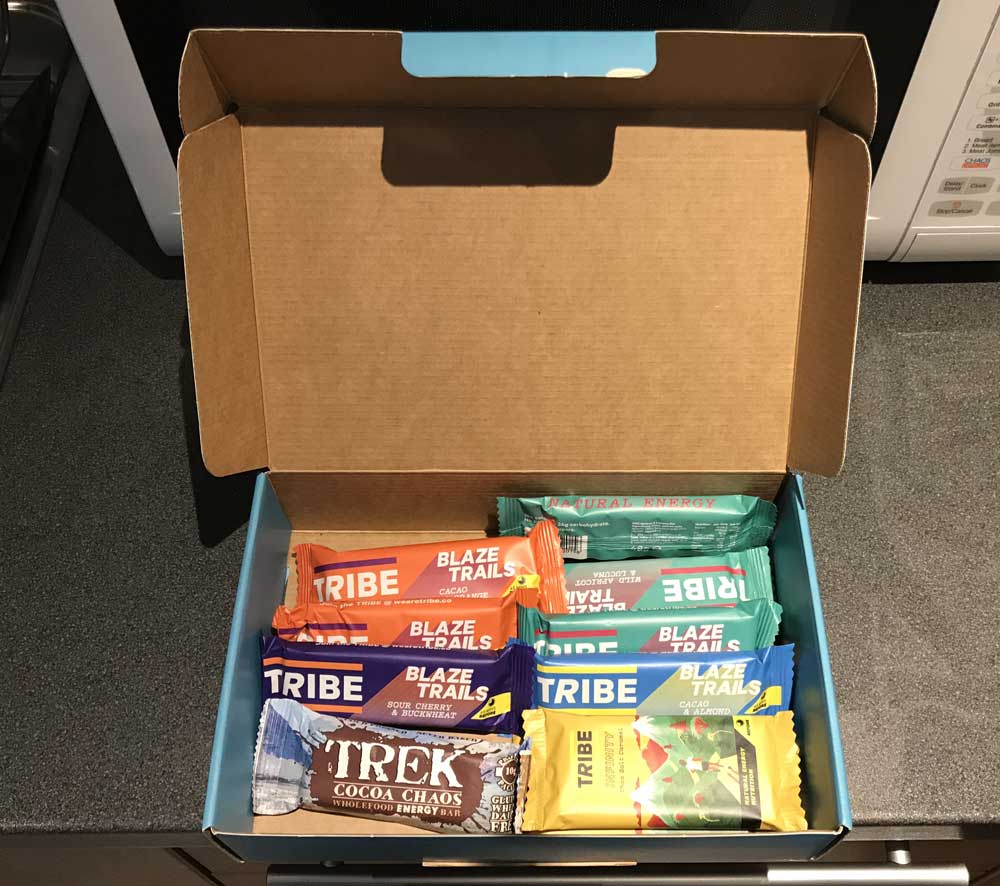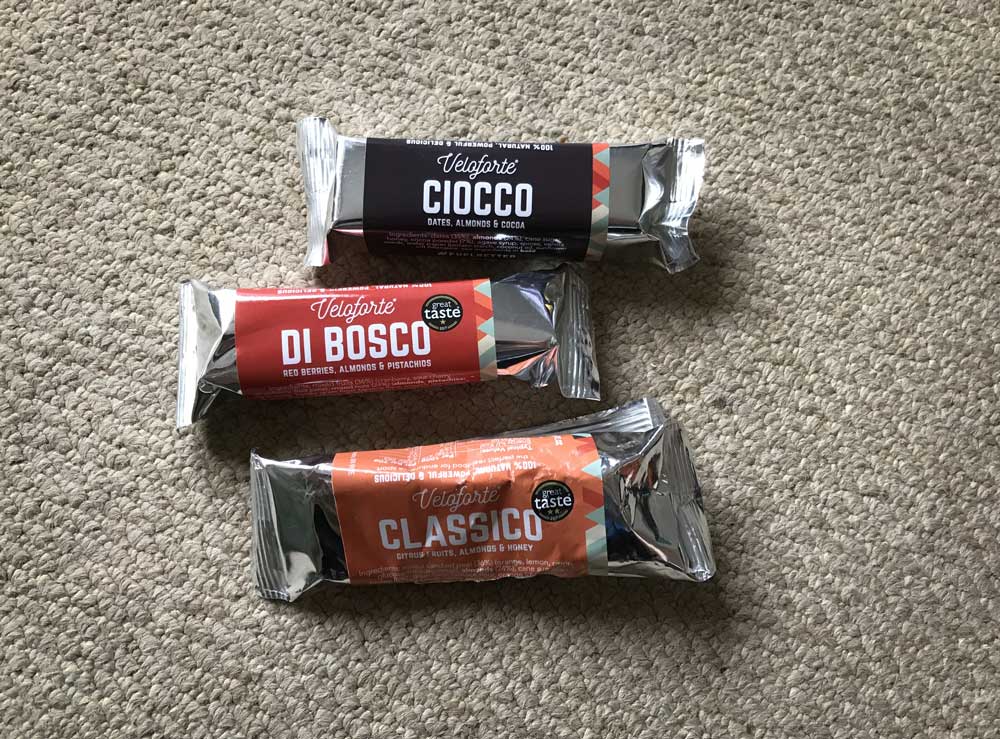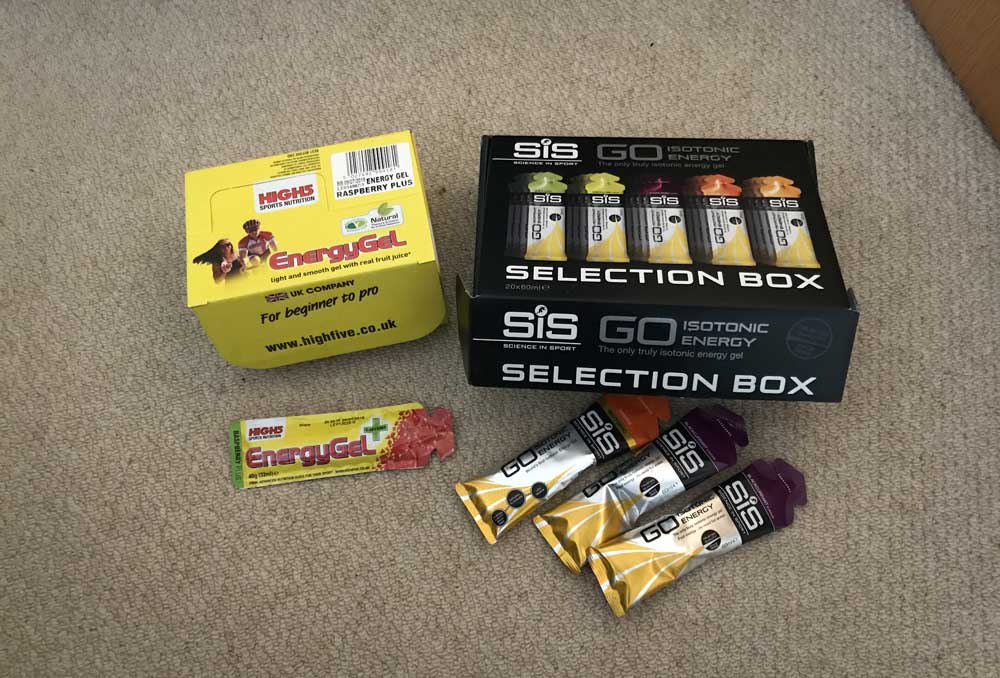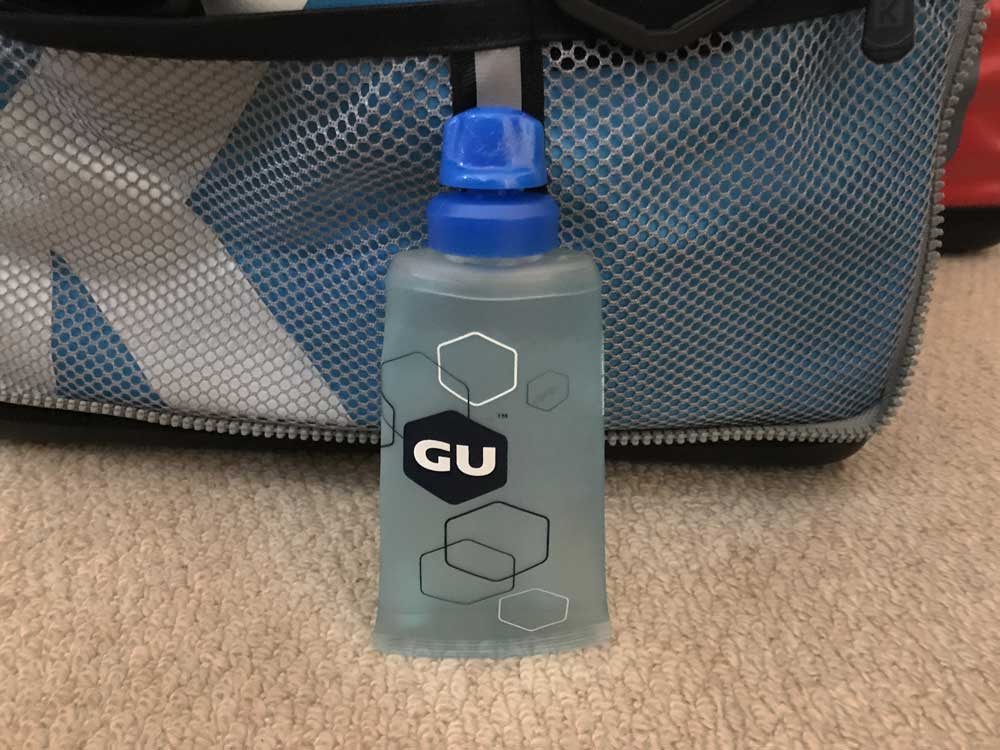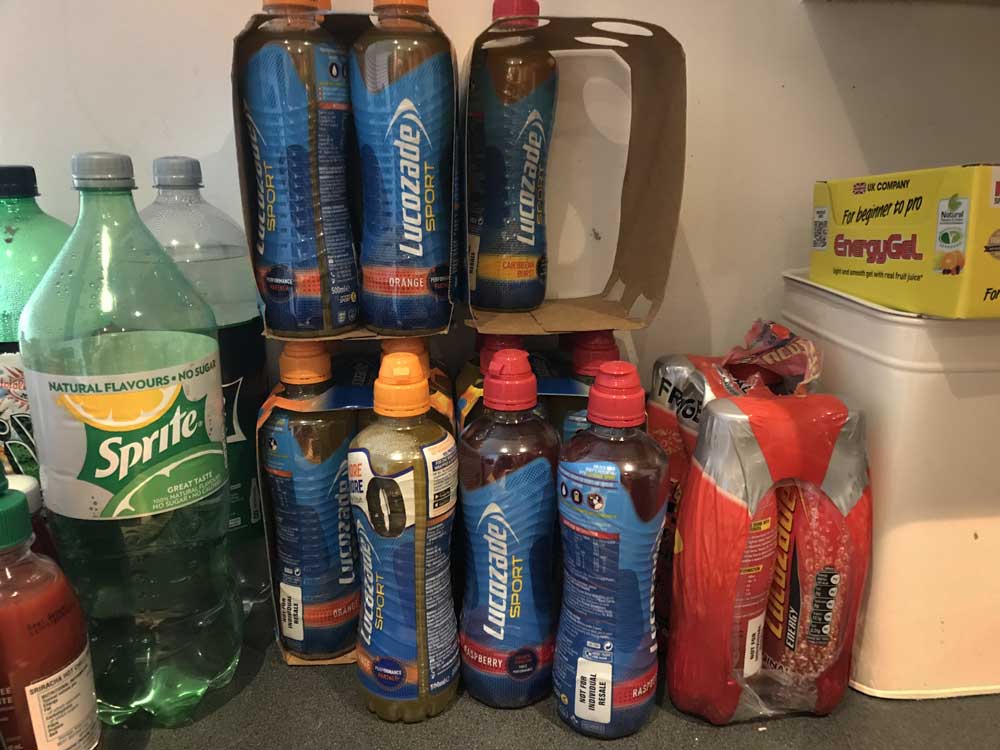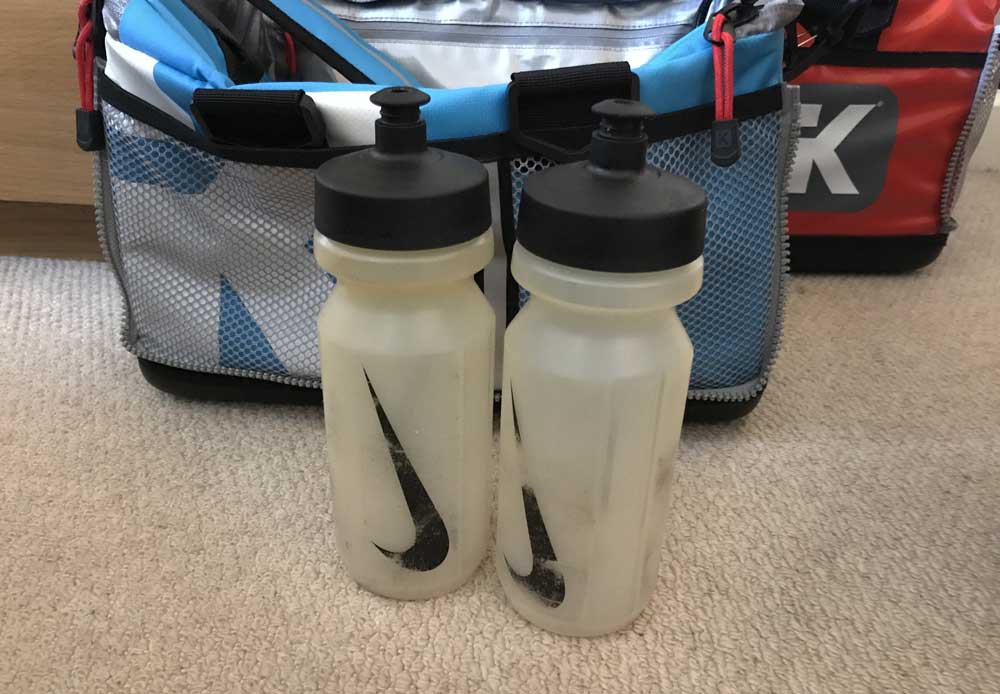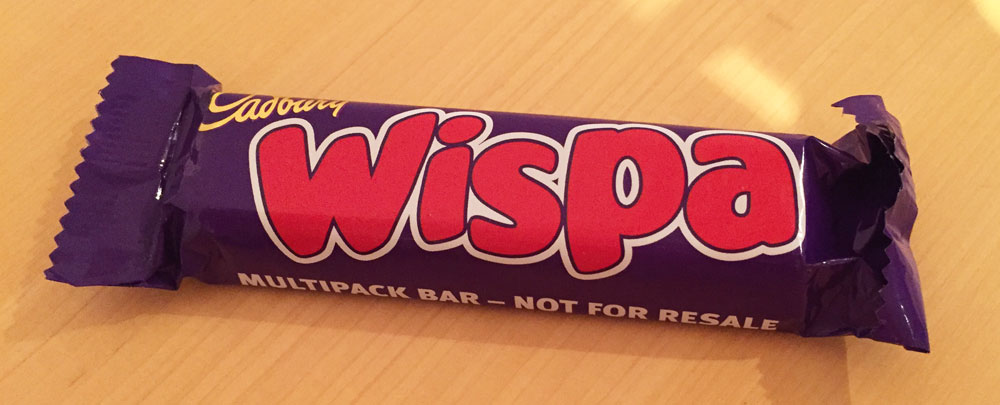
This is a Cadbury Wispa chocolate bar. I am annoyed by it. Here is why…
I buy chocolate bars in multipacks. It makes sense because it is cheaper than buying them individually and I have to go shopping less often. I have recently written about my diet, which involves tracking the number of kcals I am eating.
They’re smaller
I took a look at how the multipacks were advertised on Sainsbury’s website. They’re not actually called “multipacks” but labelled “4×30.5g”. I suspect the reason behind this is because the term multipack could be seen as misleading: given you are not actually getting a multipack of normal Wispa bars. The ones you get in the multipack are smaller.
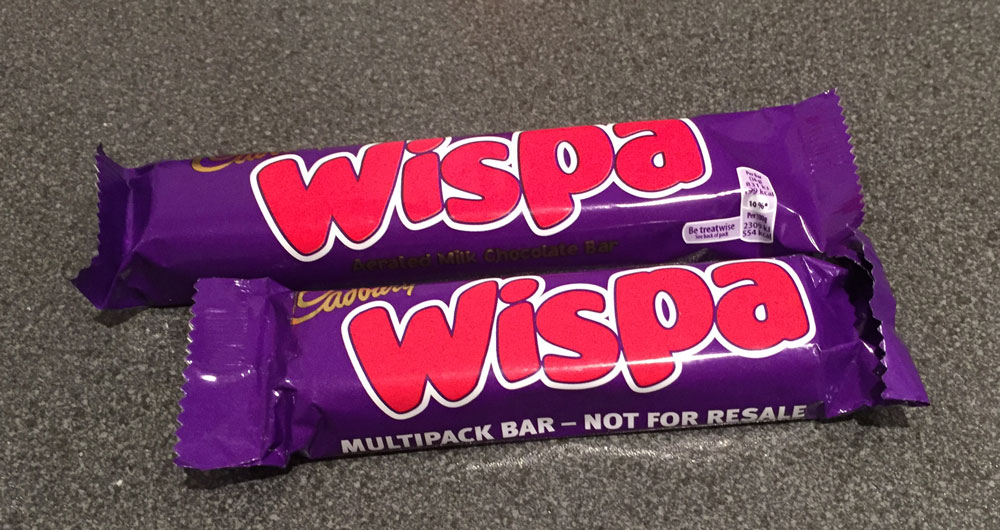
This is a side by side comparison of a regular bar and the one I got from my multipack.
They say multipack on
I have long found the habit of companies printing on things like “multipack bar – not for resale” annoying. The reason they do this is to try and stop stores from buying the multipacks, splitting them up and selling them on separately.
However, they can’t just ban it, because splitting a multipack and selling the individual items is perfectly legal. So they write these messages on instead.
In my opinion, this is an unfair business practice. I often see multipack items for sale, but never in a big-business context. It is family-run corner shops, small sandwich merchants and refreshment stalls at community events. Such practices disproportionally affect small businesses.
No nutritional information
As if this tactic is not bad enough, Cadbury also removes all of the nutritional information and ingredients list from their multipack bars. You are legally required to list the ingredients on your products, and the food industry has agreed to provide nutritional information too, but Cadbury provides neither.

The way Cadbury get round this is to insist that the ingredients and nutritional information is available on the outer wrapper of the multipack. However, this is completely at odds with the way most people use multipacks. When I buy one, I open the packet, tip the bars out into my bag of goodies, and throw the multipack wrapper away.
The alternative is to keep a stash of multipack wrappers hanging around in case I want to check nutritional information. Perhaps you could argue that it is merely industry standard to do this and that everyone does it. But you would be wrong…
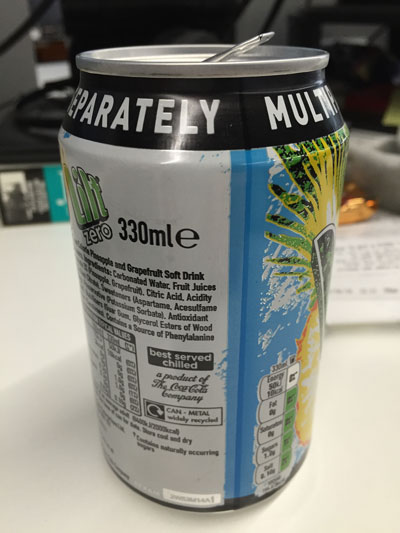
Here is a can of Lilt Zero, a product of The Coca-Cola Company. It is a multipack can as you can see from the back bar with white writing and the top. And yet somehow, Coke remembered to put all of their ingredients and nutritional information on the can.
Summary
I will not claim to know the mind of Cadbury. However, if I was to guess at their thinking, I would say that in my opinion they choose not to include ingredients or nutritional information on their bars in an attempt to prevent local shops exercising their legal right to break multipack products, even though this means impacting the consumer and not providing the vital information that should be there.
I see no reason why this information cannot be included on each individual bar.
Nor do I believe that enough is done to make it clear to consumers that the bars they sell in the multipacks are noticeably smaller than the bars you would typically buy individually.
